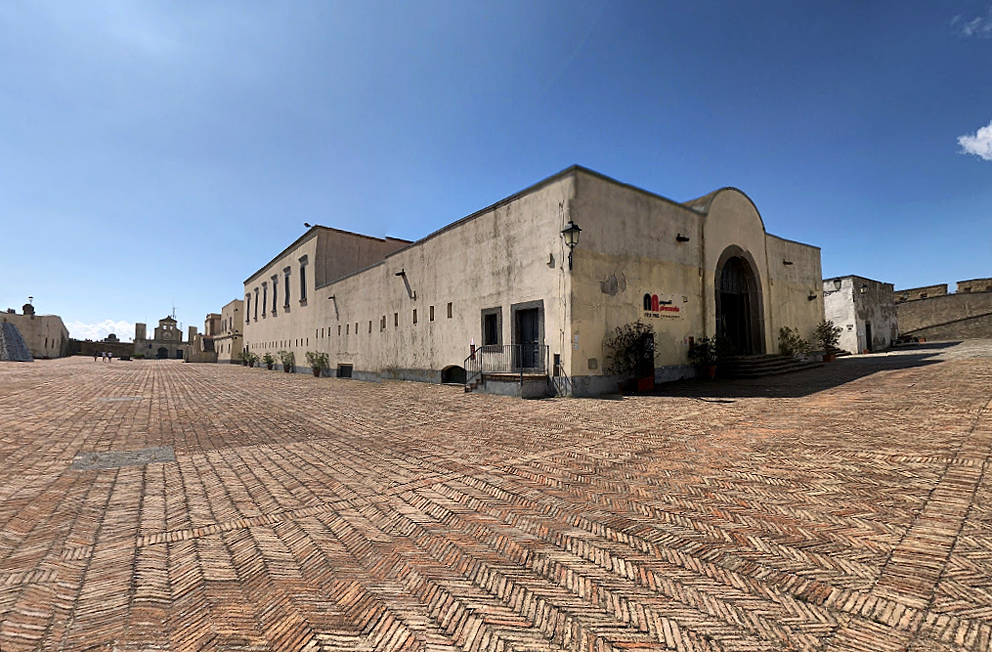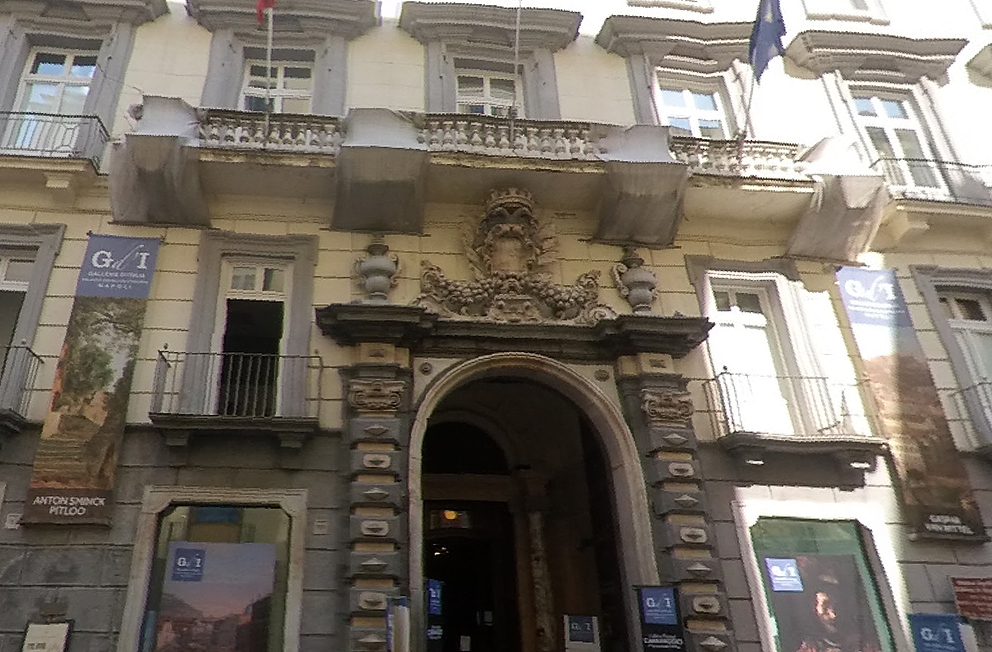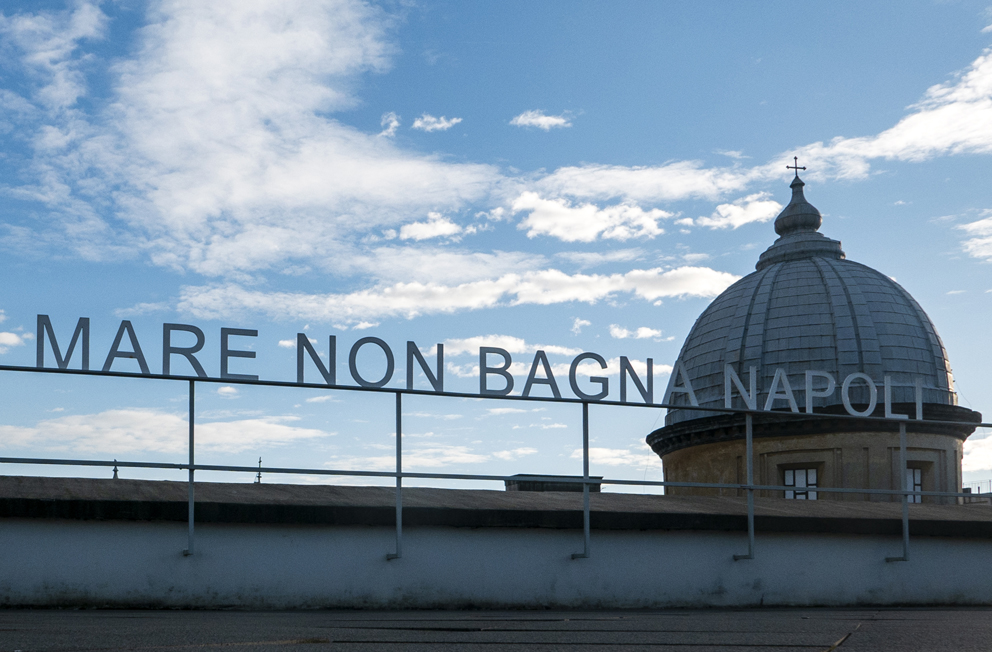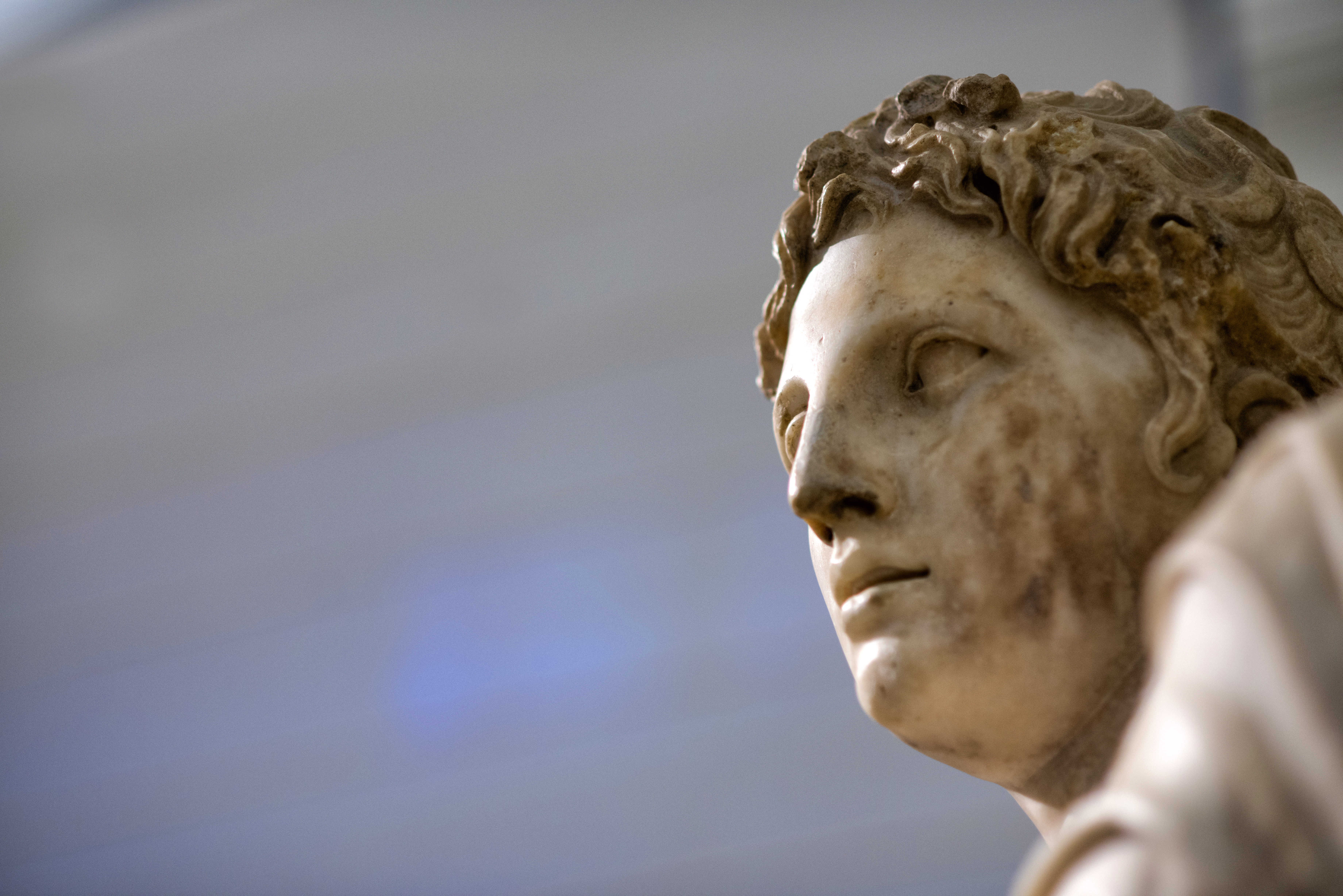
Coming down via Duomo, on the right, next to the church of San Severo al Pendino, is Palazzo Como or Cuomo, a wonderful example of Renaissance architecture in Naples, as well as home to the Gaetano Filangieri Civic Museum.


The museum on the hill of Capodimonte, established in 1957, boasts a historical origin linked to the birth of the independent Kingdom of the Two Sicilies. It was in 1734, when the Spanish viceroyalty ended, Charles III of Bourbon became King and Naples was catapulted into a political dimension which had a parallel importance to the cultural one already expressed in Europe for centuries.

Contemporary to the Padula one, the complex of the Charterhouse on the Vomero hill dominating the city is part of the context of Angevin religious patronage and shows the expansion of the Cartusians order into the Kingdom of Naples.


In the central district of San Lorenzo, in Via Settembrini, the Museum of contemporary art, well-known with the acronym “Madre”, is identified with the historic Donnaregina Palace, edified in the 18th century on a section of the ancient city walls of the 5th and 6th centuries, which is visible in the ticket office area, with modifications dating back to the 19th century.

The museum on the hill of Capodimonte, established in 1957, boasts a historical origin linked to the birth of the independent Kingdom of the Two Sicilies.